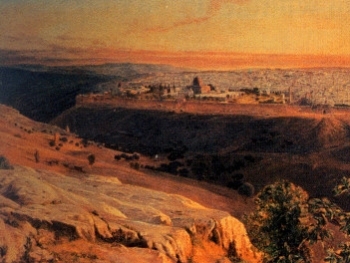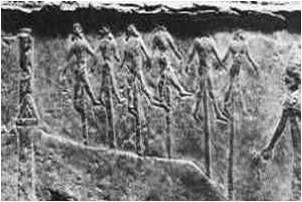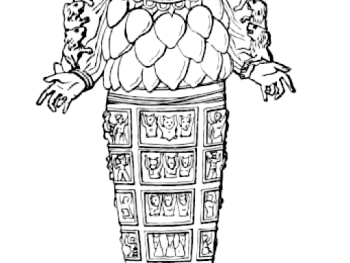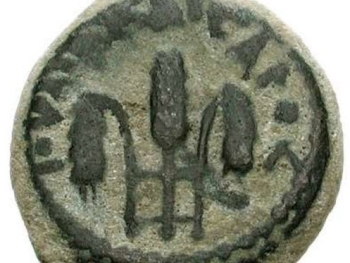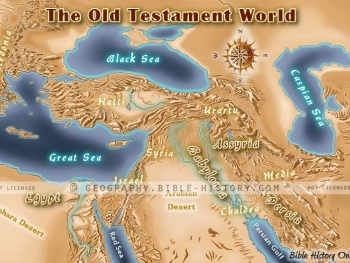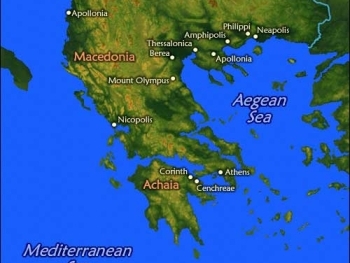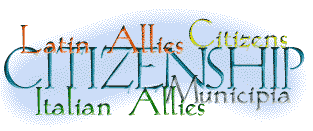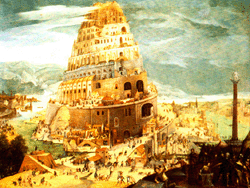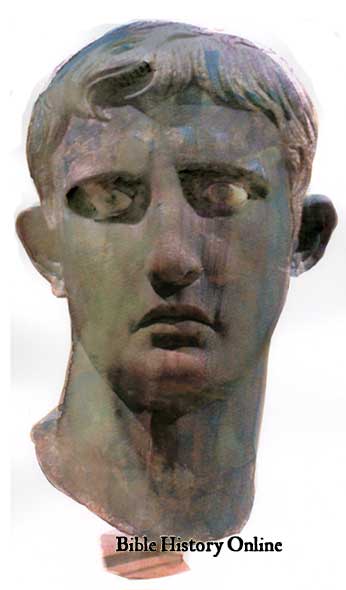
This bust was discovered by archaeologists at Meroe (Modern Sudan) and is currently in the British Museum. It depicts the face of the Roman Emperor Augustus who ordered the census just before the birth of Jesus. This brought the parents of Jesus (Joseph and Mary) to Bethlehem, their ancestral cities to be registered in the census.
Source:
